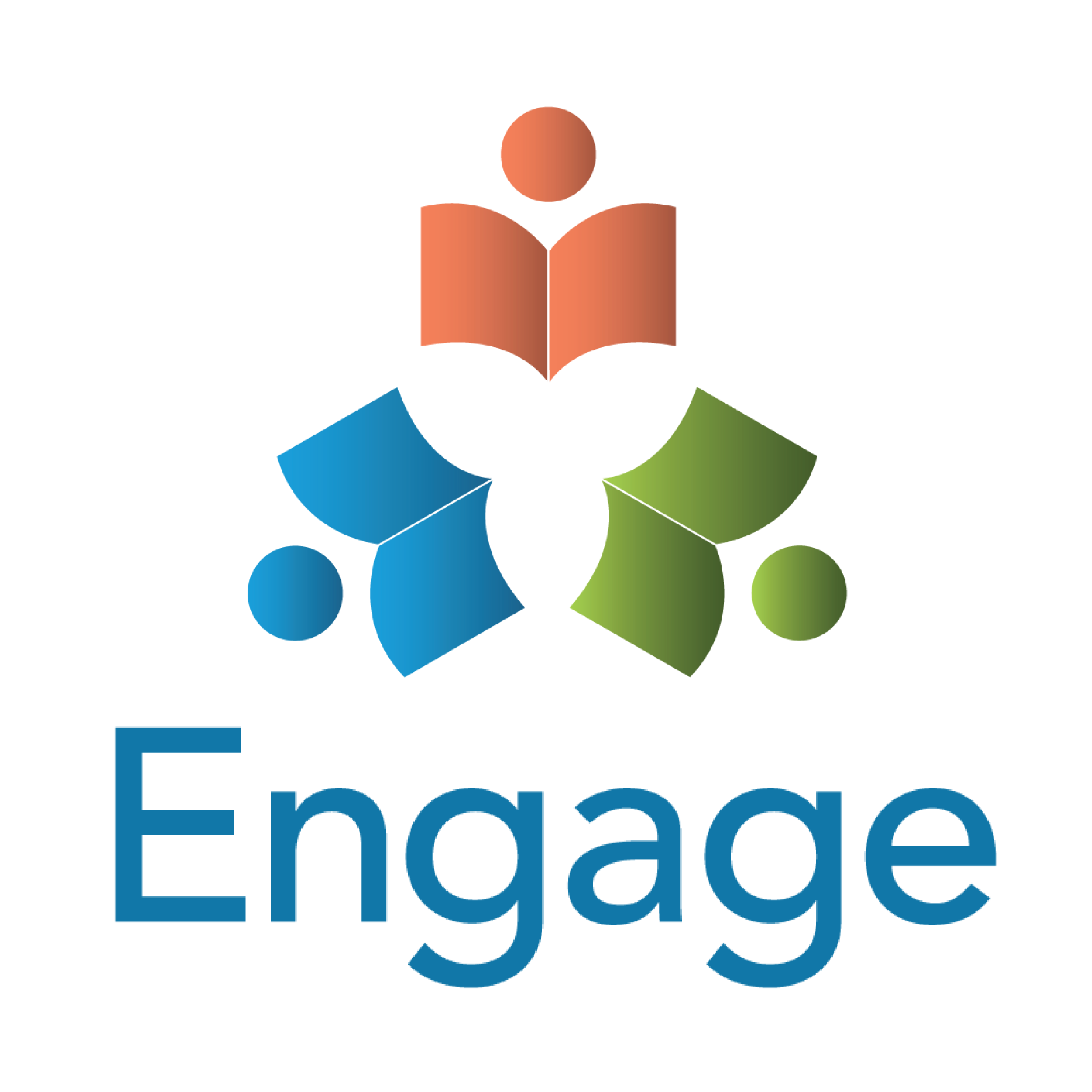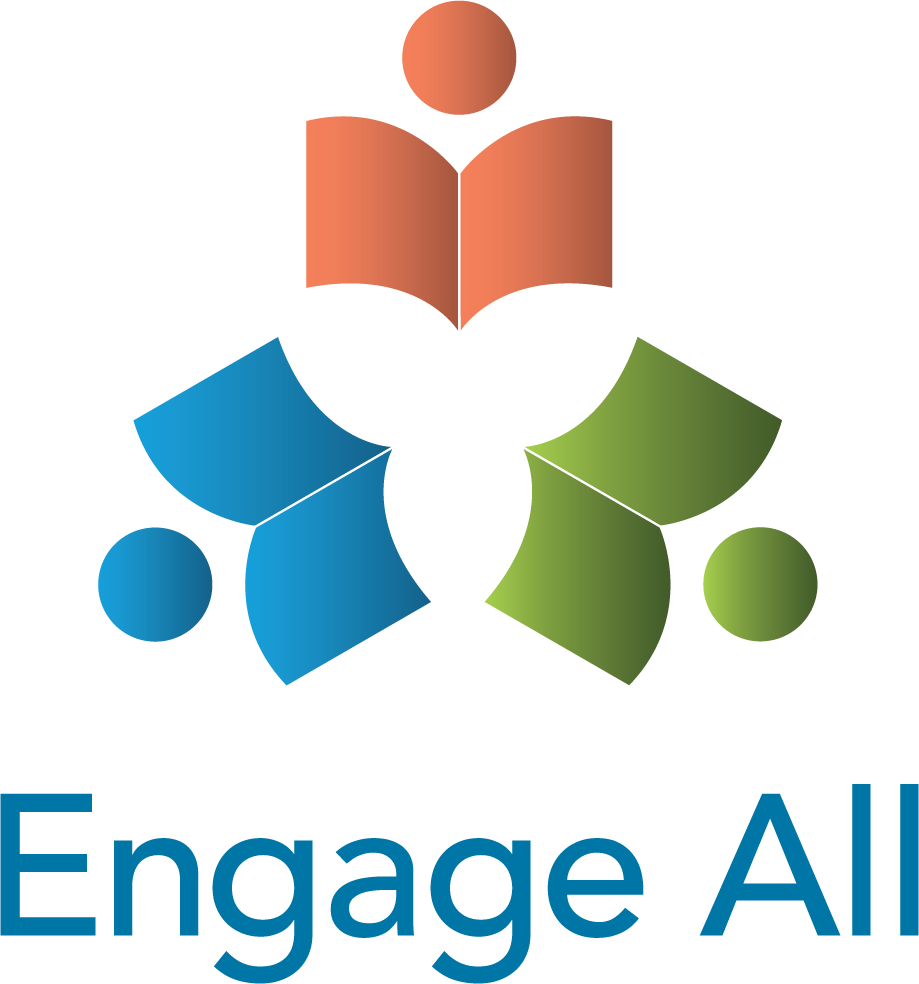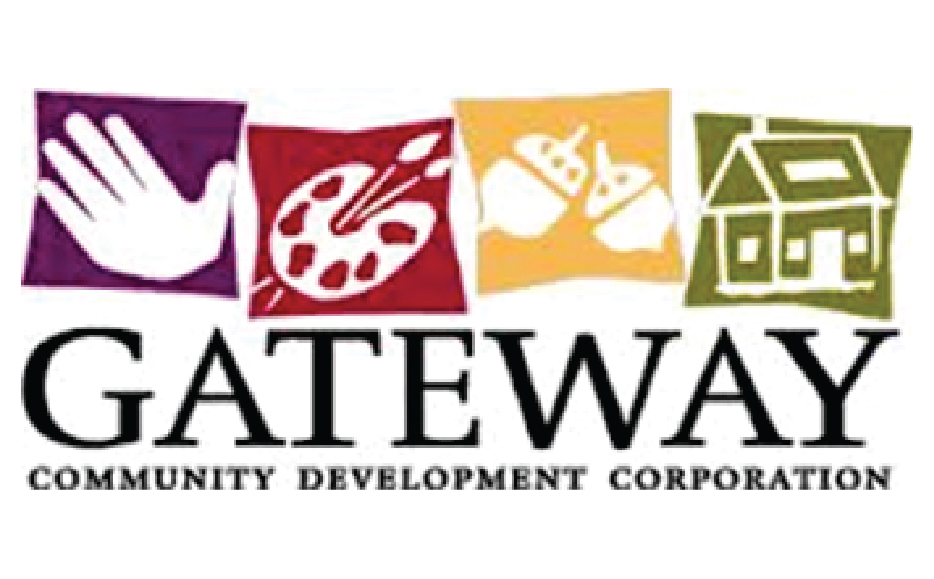
Anna Bernanke Keynote Speech: Education as Social Justice
Chance Academy Executive Director Anna The collective work of Chance Academy and Global Sleepover was featured at the November 9, 2017 Gateway Community Development Corporation 20th Gala Event. Chance Academy’s Executive Director Anna Bernanke focused her speech on education as social justice, stressing the critical inclusion of social emotional learning and international education in all education initiatives.
Global Sleepover and Chance Academy also announced plans to open a school and Global Learning Center / Digital Storytelling Lab. The space will be opened in partnership with the Gateway Media Arts Lab, Global Sleepover’s home office in the Washington, DC and Mount Rainier, MD area.
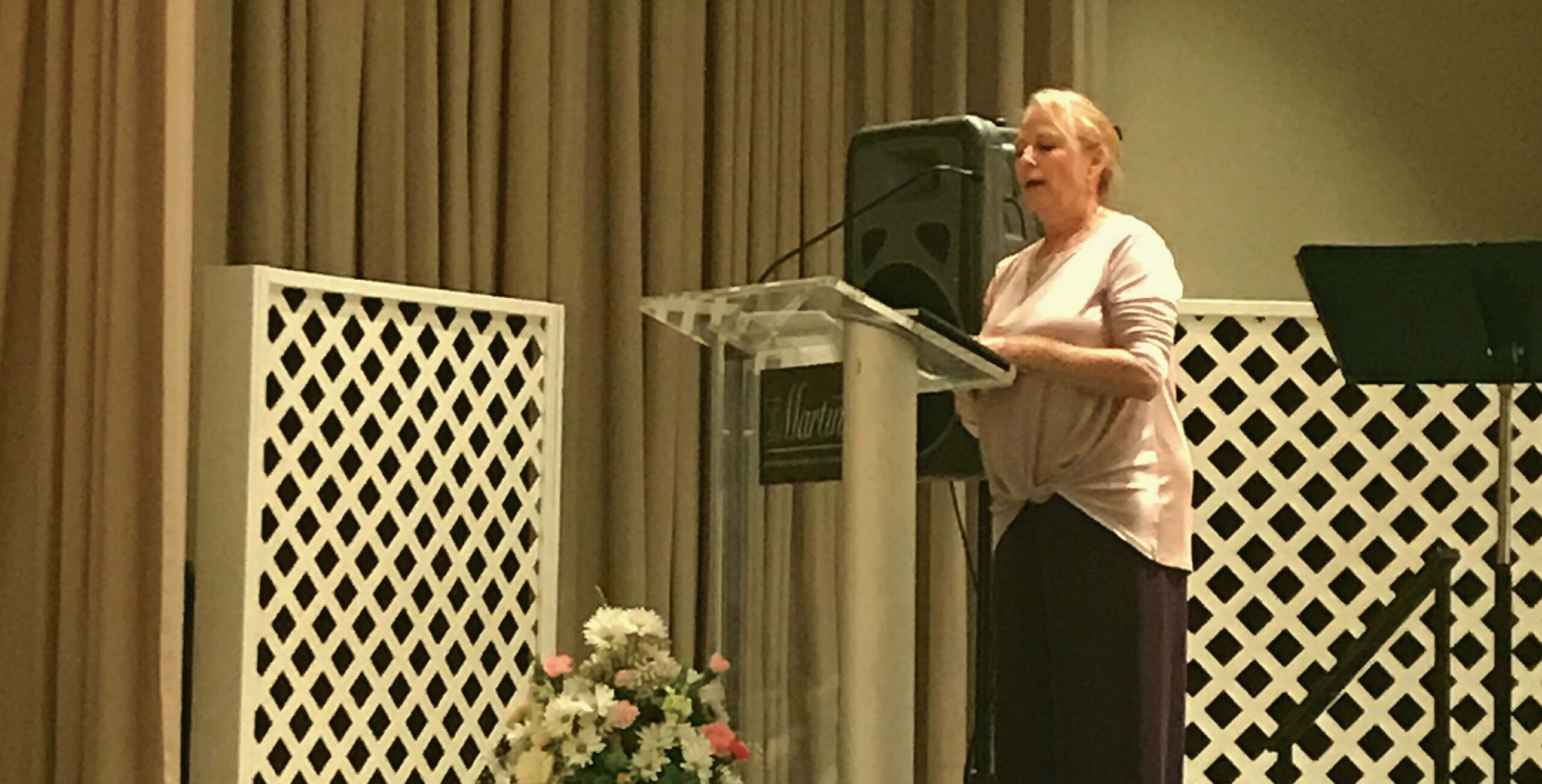
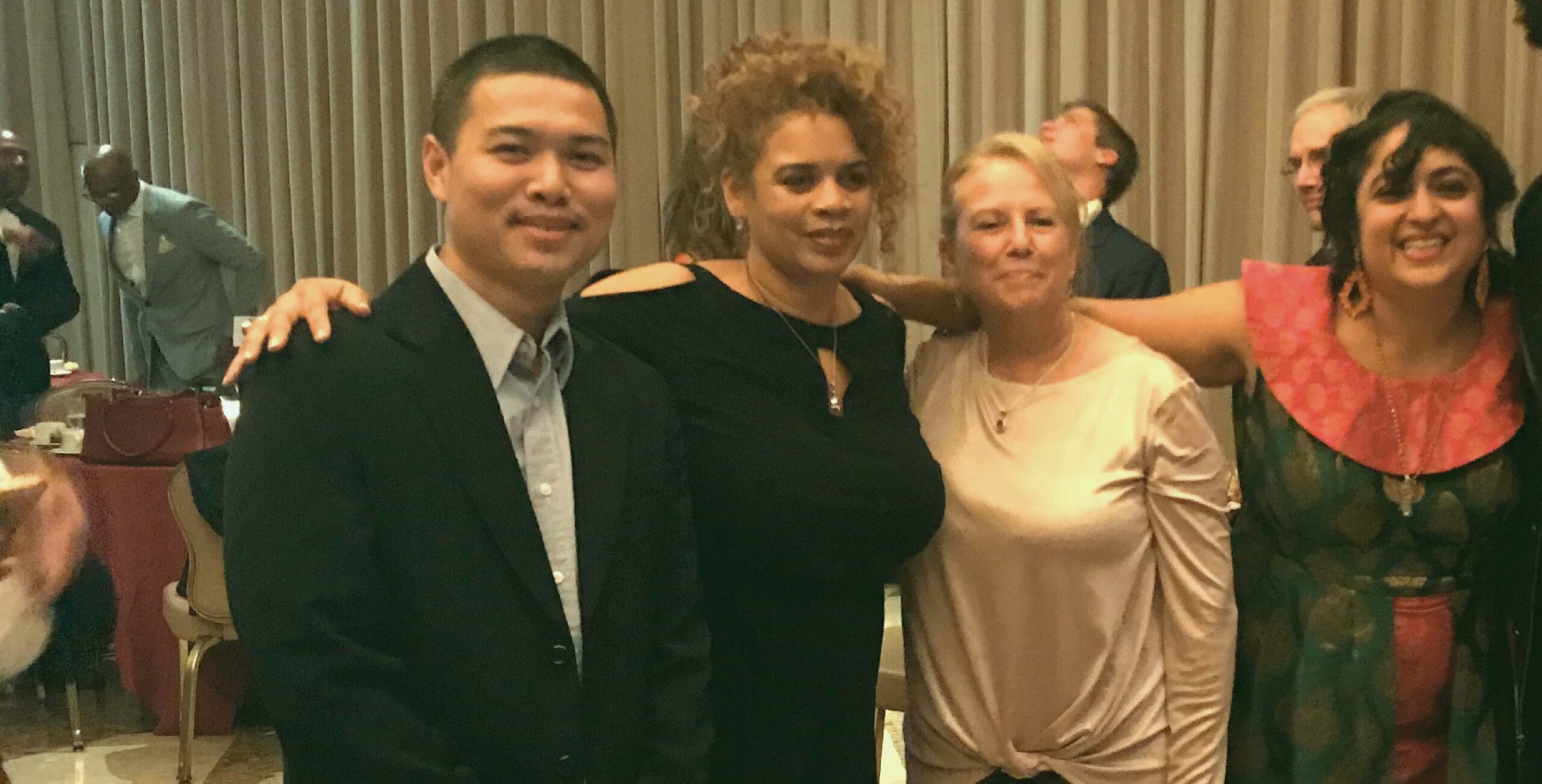
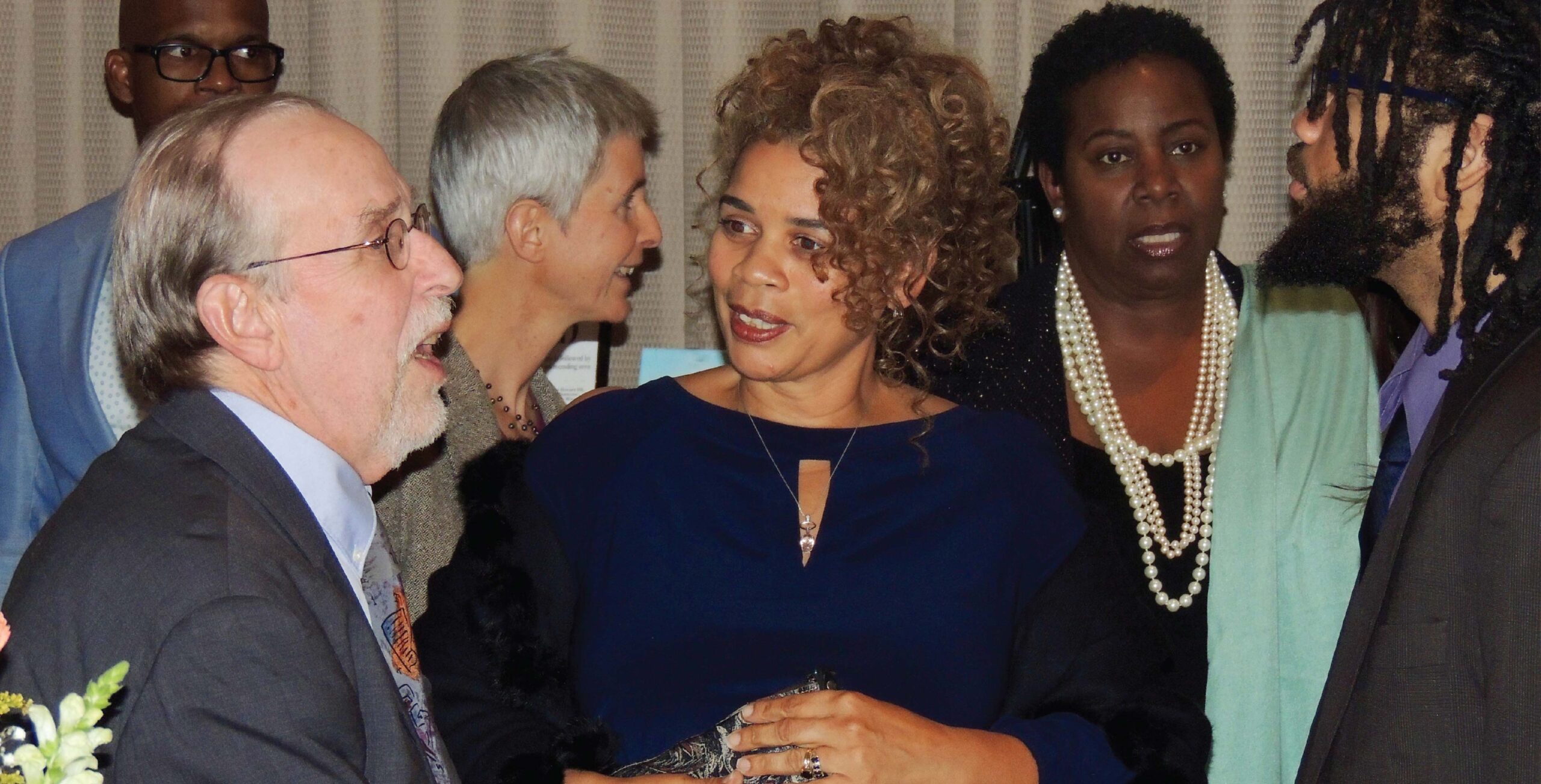
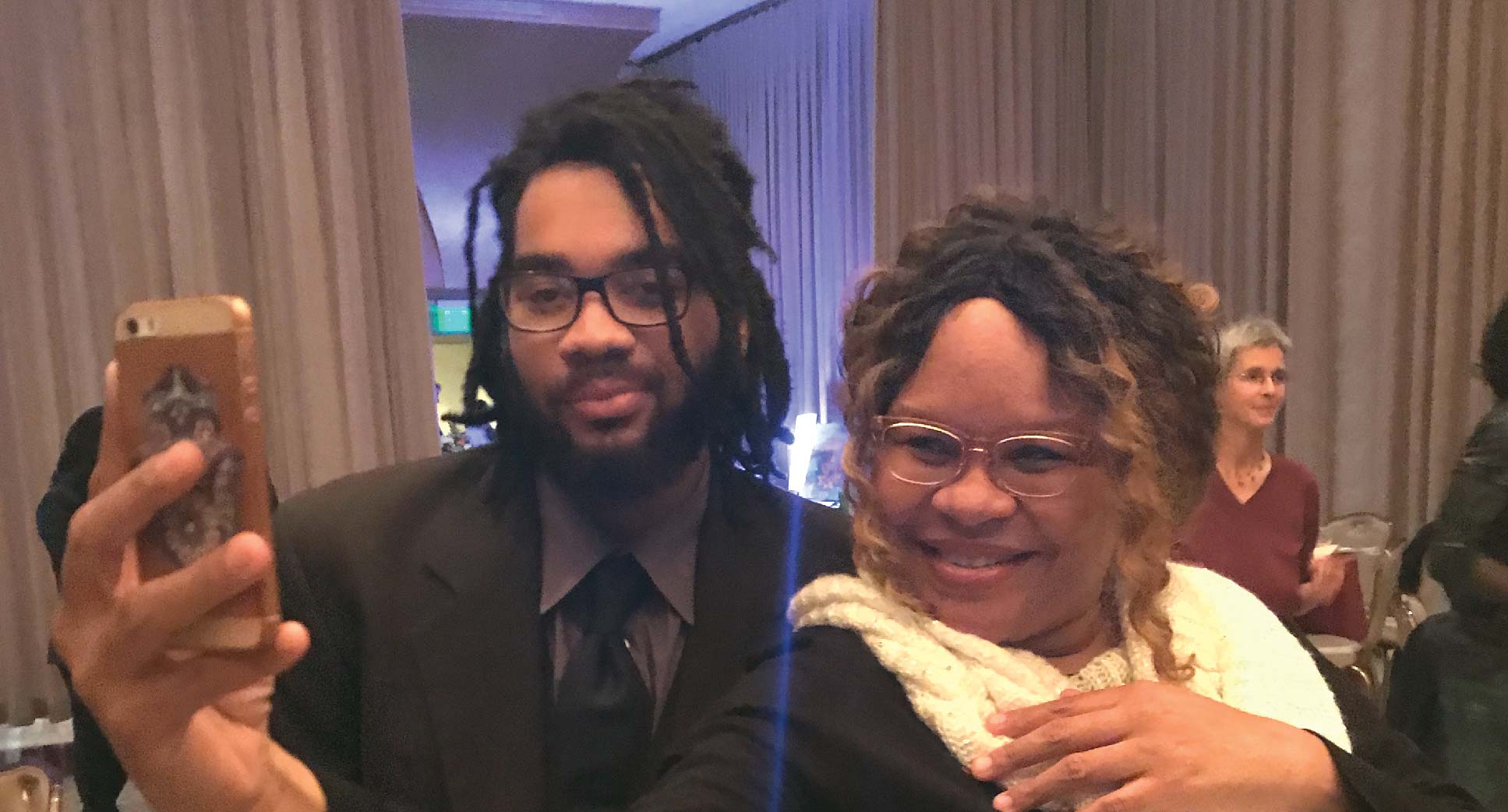
FULL SPEECH: Good Evening and welcome to this celebration of 20 years serving the Gateway Community. I am honored and humbled to be here among so many of you who dedicate your time and your expertise to serve your community. When I met at the Gateway Media Arts Lab with Geeta, Pat, Michelle, and Aung Zaw to discuss ideas about my speech, the concept of community was one we discussed at length. We reminisced about a time when communities were defined by children playing outside, supervised by a bevy of neighbors who knew each other; where families connected in local religious institutions to worship and to celebrate together with picnics, potluck dinners, and children’s programs. And with that nostalgic feeling, we lamented the demise of these hallmarks of our youth and wondered how best to keep alive this essential component of community.
In that pensive frame of mind, I passed a billboard that afternoon on US 50 – this is a true story – that proved to me with no doubt why the Gateway CDC and all the organizations represented here MUST continue their work. The bill board said – My casino is like my family.
Wow – right? To what depths have we sunk that this is where people find a sense of community? At the same time, it reminds us that we are living in a materialistic and, sadly, divisive time in our history. So, what can we do?
The answer is right here, in this room. Everyone here is involved in serving their community. But before we start, we need to put ourselves in a positive frame of mind. So I’m going to ask you please to stand up. Take a nice deep breath in. When you exhale, stretch your arms above your heads and bend gently from side to side. Wonderful! Now lower your arms and roll your shoulders, as you continue to inhale and exhale slowly. I hope you are feeling any tension you might be feeling melting away. Remain standing. Please give each other a round of applause for all the great work that you are doing.
Now that we are more centered on being present in the moment, I want you to know that, together, WE are the answer to resolving this problem of the loss of community. Collectively, we have the resources, the tools and the human capital to break long-standing cycles of oppression and poverty. And as tonight’s theme indicates, we can accomplish this by building the bridges and breaking the barriers that hinder us from working together. I believe we are ready to create empowered communities that can grow and thrive economically while protecting long-time residents and honoring the culture and spirit of our neighborhoods.
As far as I’m concerned, the question, then, is not HOW, but HOW SOON can we bring our work to fruition for this desperately needed transformation?
Let’s start with the essential ingredient of the arts. The arts are the equalizer that cross generations and cultures. Dancing, eating, drawing, painting, theater – they all have the power to make us smile and find joy in being together. And why the arts and not, say, gambling? I know it might seem like a silly question, but it’s important. Unlike any other activity, the arts have the ability to touch your heart – and the human heart and its attendant emotions is pretty much the same all over the world.
So, the arts can help us connect with one another. But it’s not quite that easy because we adults carry with us a lot of baggage that causes us to close ourselves off from others.
Children, however, are a different story. They are open, willing to engage in new activities, and definitely cuter than adults. Our love of our children brings us all together.
I would like to share with you an example of how the arts can build bridges and break barriers through children. The Chance Academy scholars attended a flamenco performance at the Gala Hispanic Theater last week. None of the children and many of the adults had ever seen this art form before. Because at Chance we put a premium on the arts, our group has great theater manners which did not go unnoticed by the performers. At the end of their show, the dancers planned to invite some of the children in the audience onto the stage for a short flamenco lesson. What they had not originally planned to do was to invite the entire front row, all Chance Academy scholars, to join them. That’s how impressed they were with our group. Although a few other audience members participated as well, the majority of the children onstage were from Chance Academy. So I’m proud to Introduce this video as the Chance Academy flamenco stars.
The performing arts are just the tip of the iceberg in the importance of utilizing the arts, particularly with children, to accomplish the goal of building bridges and breaking barriers. Arts-integrated education is a crucial component of connecting children to their academics. In Global Sleepover, we have a shining example of how this works. Geeta Raj, the founder, has taken her international work experience at US AID and transformed it into a teaching tool for reading and cultural literacy. For the past seven years, Geeta has been sharing her Sleepover kits with organizations around the world, using child-friendly storytelling, crafts activities, and interactive videos to excite and educate children.
The beauty of the Gateway Media Arts Lab is that it has enabled talented arts entrepreneurs like Geeta to collaborate, learn from one another, and further develop their models. Chance Academy is one lucky recipient of this endeavor. Global Sleepover and the Gateway Media Arts Lab have allowed our scholars to have personal contact with global educators. These global educators are community leaders in their own right, having started community-based education initiatives in their home countries of Myanmar and Egypt. Aung Zaw Moe, from Myanmar, has been working with our older scholars, sharing with them his work in Myanmar and bringing to life for them the history, culture, and challenges he has dealt with to found a school for all the children in his remote village. Our Pandas have Skyped with their counterparts in Cairo. These experiences make learning real- they are connecting with real people- not just memorizing information from a textbook.
Chance Academy, Global Sleepover, our international school counterparts, the Gateway Media Arts Lab, Gateway Community Development Corporation – we are all partnering together to bring this community, arts-focused, education spirit to the Gateway Arts District. I am pleased to announce our plans to open a multi-purpose arts-based community space in the coming years. This will be a space for a Chance Academy school and a Global Sleepover digital storytelling space so Gateway children and families can tell stories, hear stories, connect globally, and – most importantly- document their own stories and history. This endeavor will only be made successful with help of the Gateway CDC, the Gateway Media Arts Lab and you, our community.
The idea of parent participation and engagement brings us to another important element of the Chance Academy model.
But before we can think about how best to engage our parents, especially those parents who have been underserved in their communities, we have to explore an uncomfortable topic: the enduring trauma of racism.
Everyone in this room is dedicated to serving and improving their community. What we have been conditioned to overlook is the reality that historical and generational trauma affects our ability to reach our highest potential. In order to break free from long-standing cycles of poverty and oppression, we need to grapple with the deep understanding that our bodies and our minds bear witness and react to generational trauma. And yet, we live in a society that much prefers ignoring this truth. There’s a reason for that.
In our evidence-based mania to quantify everything, to judge our children’s intelligence through testing, and to place value on material goods as the sign of success, we are being conditioned to buy into a system that focuses on the “less than”. For example: Underserved communities are less safe, immigrants and the chronically poor are less “able” to achieve economic security, children of color are less likely to succeed in college.
And guess what? This concept serves the status quo very well. It justifies gentrification that has the right to push out less desirable long-time residents. It stifles the voices of immigrants who would like to know more about their local schools and communities. It implies that shiny new schools with all the latest bells and whistles still should suspend and expel students of color at double or triple the rate of their counterparts because they are less able to manage themselves. It promotes a series of money-intensive necessities to succeed in college like outside tutoring for school, college application specialists, and SAT prep programs that few families can afford. And it brainwashes us into believing that NOTHING from children’s backgrounds, their family history and trauma, or their current living challenges is supposed to play a role in their ability to learn.
Ladies and gentlemen, we KNOW this is not true. We, in this room, have the responsibility to address these truths. We all need to acknowledge how our past has affected our present. We all need to shed our defensive layers so that we can find unity and support in sharing our pain. We need to learn and to practice nonviolent methods of communication. We need to be open to questioning long-held beliefs about ourselves and others. We need to focus on our shared humanity. We need a community committed to doing whatever it takes to heal from the scars we carry with us. Our children deserve nothing less.
Children are our future. We owe it to them to honor who they are, to show them that we can do better, that we can improve our souls even if we don’t improve our bank account. And we need to give to them the hope they give to us.
I would like to close with a tribute, once again, to the power of the arts to provide a universal language of hope, peace, and love.
Playing for Change is a multimedia music project that seeks to inspire, connect, and bring peace to the world through music. Please join me in singing What a Wonderful World.
